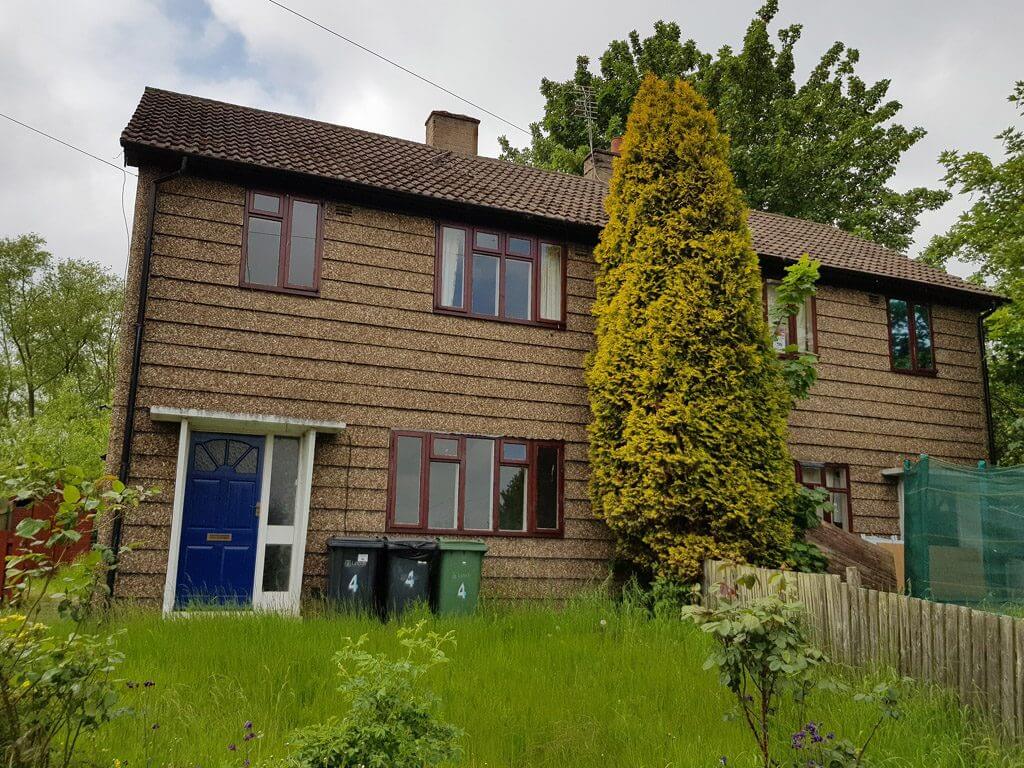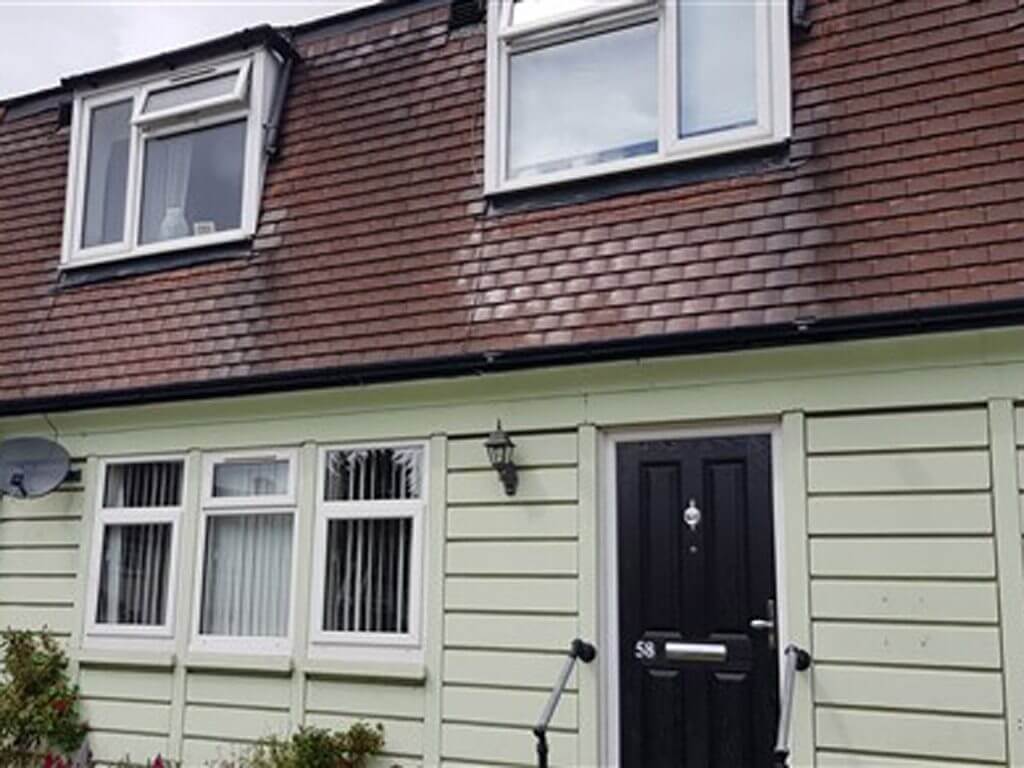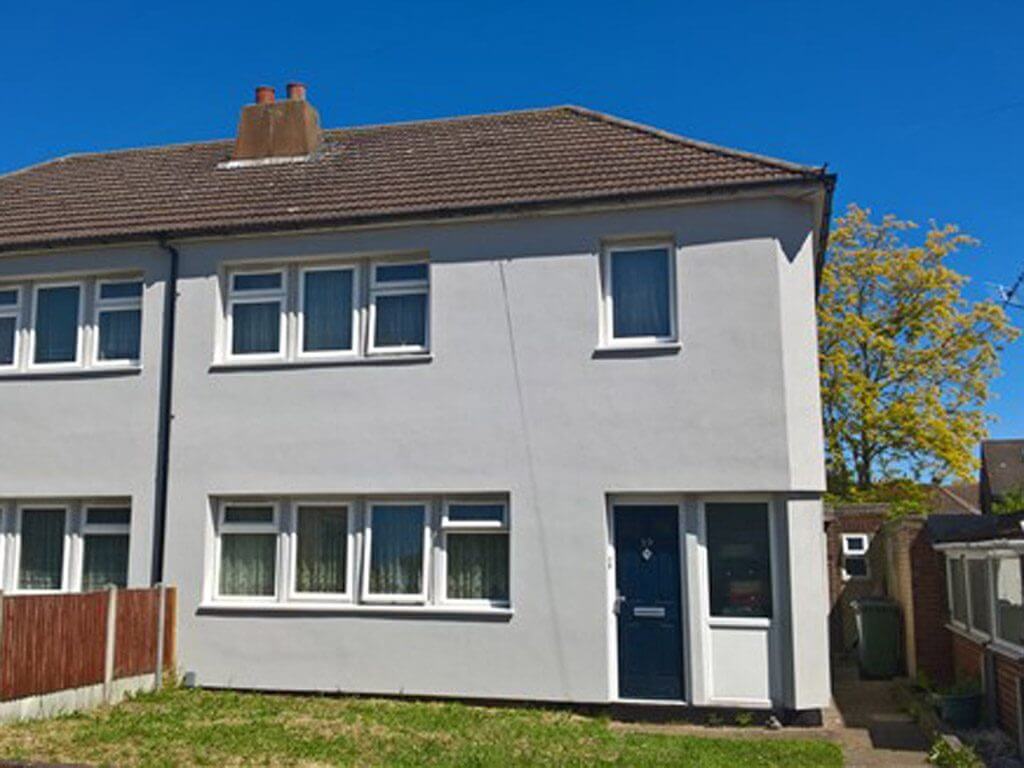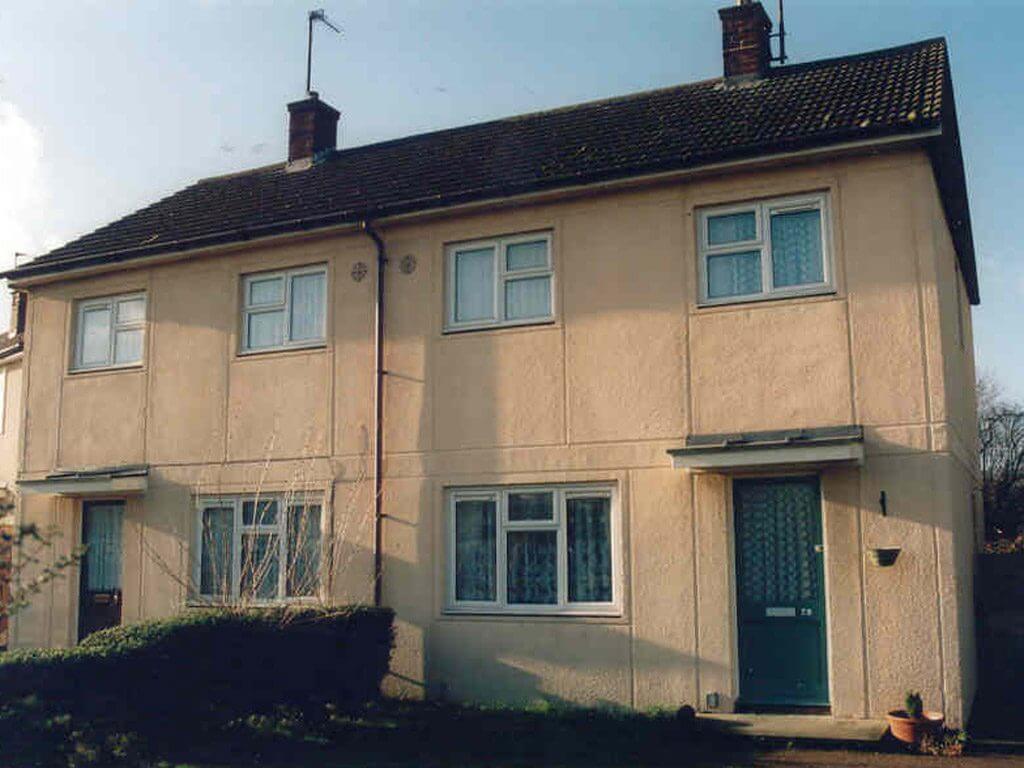Throughout history developments in technology have led to new, often improved forms of construction and, arguably, most have at one time or another been considered to be “Non-Traditional”. However, before the 20th Century change tended to be relatively gradual which allowed technologies and techniques to evolve through trial, error and improvement.
In the aftermath of the Great War there was an unprecedented demand for new housing set against a severe shortage of conventional building materials and skilled labour. It was the armaments industry which provided the answer allowing the production of buildings based on systems, commonly referred to as Non-Traditional properties.
A combination of subsidies and financial incentives for the use of “new” forms of construction; and whilst high volumes of homes were constructed consideration of future performance and longevity was based largely on assumption.
The construction of these system built or Non-Traditional properties continued until as late as 1975, with 350,000 properties completed in 1954 alone. However, by this time it was becoming apparent Non-Traditional construction in housing was no cure-all and that the various systems each had, to a greater or lesser degree, latent issues which frequently became patent.
In 1981 a PRC property of Airey construction was found to be in an advanced state of decay during investigations following a fire that had occurred in the adjoining property.
The Building Research Establishment (BRE) undertook random inspections of Airey houses across the UK and, in 1982 published a Report highlighting the structural problems intrinsic to the constructed form. A direct result of this Report was that building societies blighted all the approximately 26,000 Airey properties that had been built refusing to accept them as collateral for mortgage lending.
The BRE went on to investigate other PRC types and again, prompted by their findings, building societies blighted these too making between 250,000 & 300,000 properties un-mortgageable.
At the time most of these properties were owned by local authorities but some 30,000 had been sold under Right to Buy legislation.
During a 10 year period from 1984 all properties that were purchased from a local authority were eligible for 95% grant assisted repair or a buy back.
There are 32 properties Designated Defective under the Housing Act, some of the most common are listed below in further detail.




